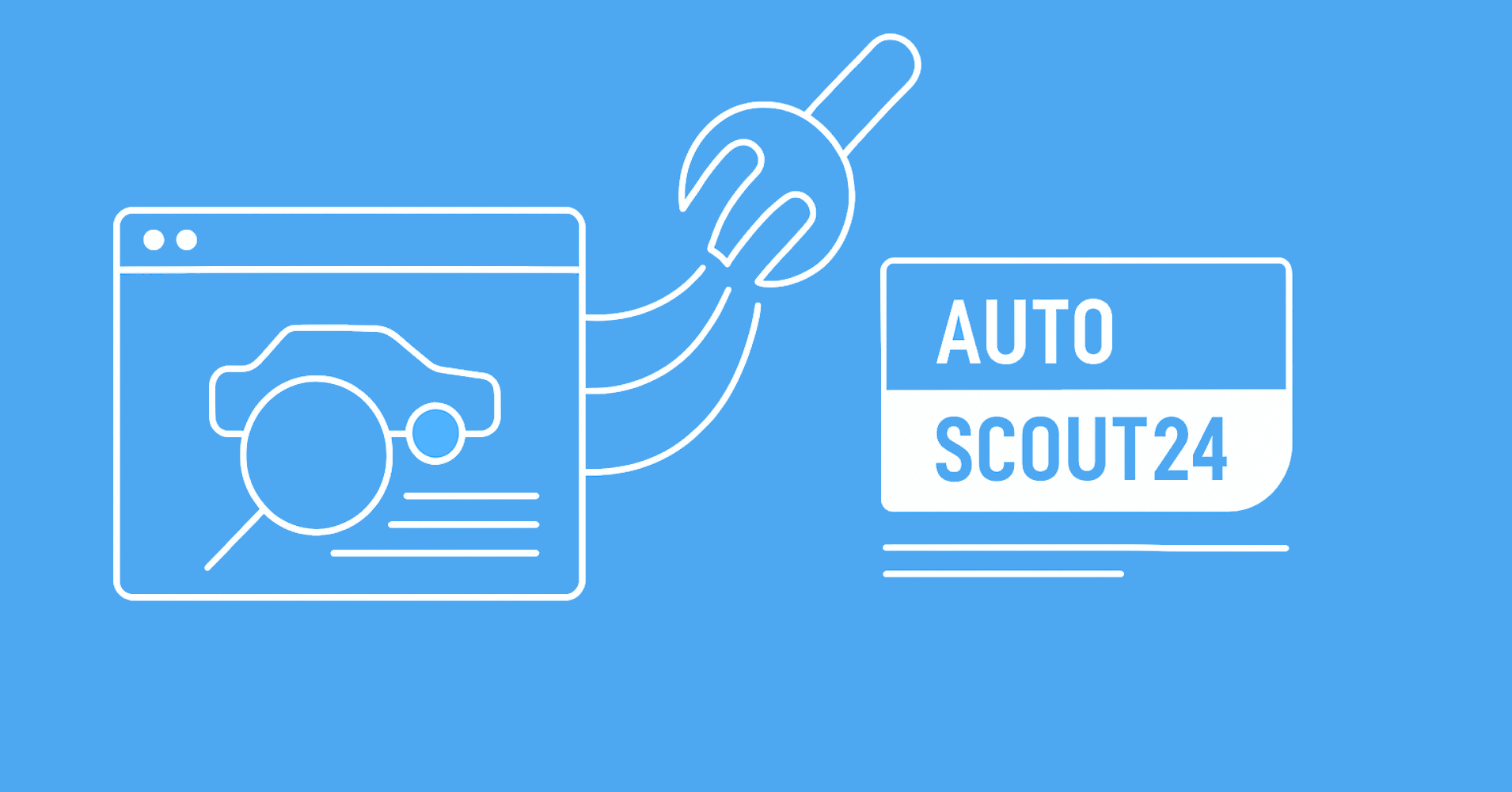BeautifulSoup is a Python library for parsing HTML and XML documents. It creates parse trees from page source codes that can be used to extract data easily using Pythonic functions and methods or CSS selectors. It's very popular in web scraping due to great developer experience and ease of use.
Compared to other libraries like parse beautifulsoup is missing XPath selector support which is a very powerful way to select elements in web scraped HTML documents. However, bs4 has a very powerful CSS selector support which is often enough for most scraping tasks and the xpath-css gap can be filled in using beautifulsoup's .find() and .find_all() methods.
How to Parse Web Data with Python and Beautifulsoup
Beautifulsoup is one the most popular libraries in web scraping. In this tutorial, we'll take a hand-on overview of how to use it, what is it good for and explore a real -life web scraping example.

Here are some frequently asked questions about BeautifulSoup and web scraping 👇







